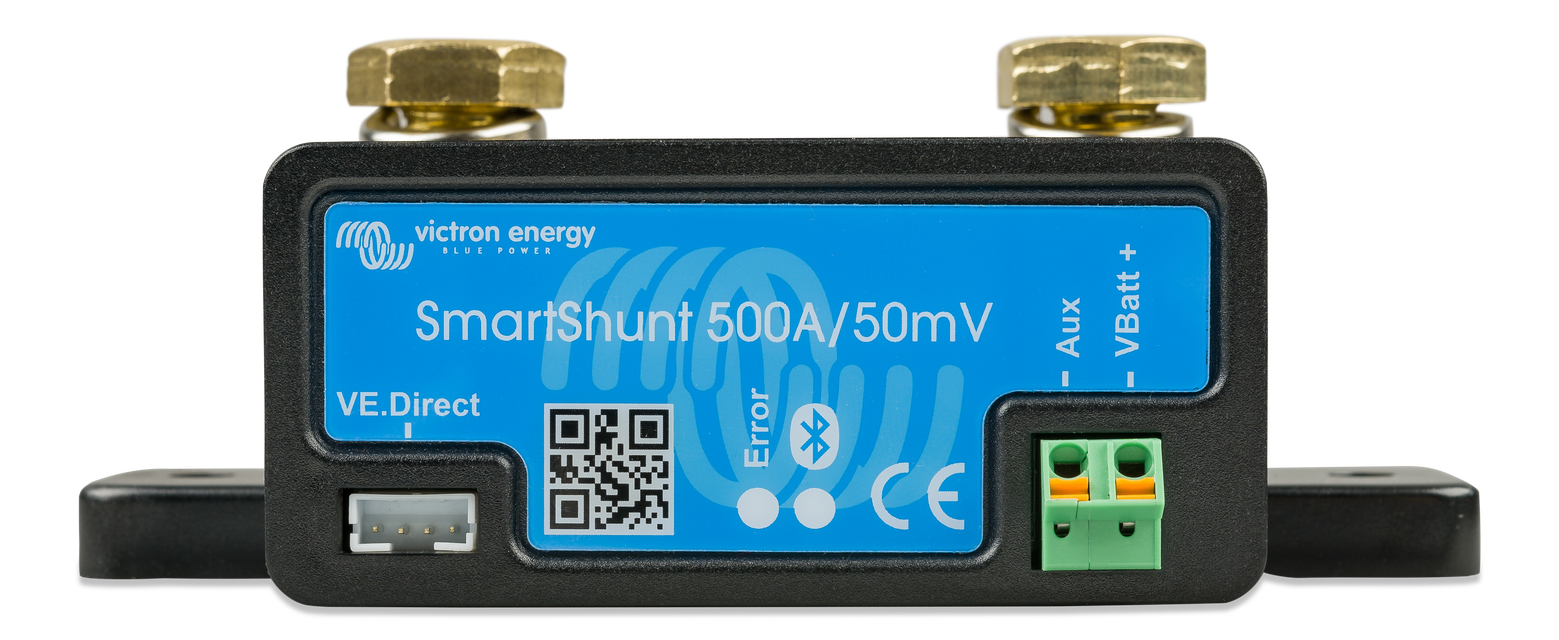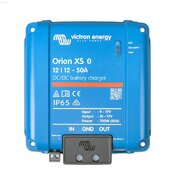HoneyTrek
New Member
PREVIOUS SET-UP in our RV:
3 * 100Watt 12V Flexible Monocrystalline Solar Panels from Windy Nation (installed 2017)
VertaMax 1500Watt 12V
WindyNation P30L 30A PWM Charge Controller
200ah Lead Acid Battery
CURRENT SET-UP in our RV:
the same tech as above didn't change a thing...
12V 300Ah - RELiON RB300-LT LiFePO4 Cold Weather Battery
The new LiFePO battery worked decently for a year now...but recently, the battery has started to flake, sometimes reads 0.00 on the multi-meter (5 minutes after reading 70% on the charge controller), and the lights won't work in our rig, then randomly turns back on and will work fine for days in a row before reading completely dead and needing to be jumped by a strangers car battery.
I tested the power wire coming from the engine (while driving on a long trip, so the truck battery was definitely full and the alternator should have been sending juice back), and it read 0.00 on the multi-meter, so I am not sure juice is coming off the engine. FYI: I unplugged the wire (the one coming from the alternator) from the battery to test it...so maybe it needs to be plugged in to open up the solenoid to send juice back to the house section of our RV?
I met a solar install guy, and he recommended two things for my system. Before I spend a small fortune on both of these, wanted to see what you guys think, if these are the best options, and if there is anything else I should add to my system:
Victron Energy SmartShunt 500 amp Battery Monitor (Bluetooth)
Victron Energy BMV-712 Smart Battery Monitor (Black)
Victron Energy Orion-Tr Smart 12/12-Volt 30 amp 360-Watt DC-DC Charger Non-Isolated (Bluetooth)
Thanks for any insights before we make those two big purchases!
Mike & Anne
@HoneyTrek
3 * 100Watt 12V Flexible Monocrystalline Solar Panels from Windy Nation (installed 2017)
VertaMax 1500Watt 12V
WindyNation P30L 30A PWM Charge Controller
200ah Lead Acid Battery
CURRENT SET-UP in our RV:
the same tech as above didn't change a thing...
12V 300Ah - RELiON RB300-LT LiFePO4 Cold Weather Battery
The new LiFePO battery worked decently for a year now...but recently, the battery has started to flake, sometimes reads 0.00 on the multi-meter (5 minutes after reading 70% on the charge controller), and the lights won't work in our rig, then randomly turns back on and will work fine for days in a row before reading completely dead and needing to be jumped by a strangers car battery.
I tested the power wire coming from the engine (while driving on a long trip, so the truck battery was definitely full and the alternator should have been sending juice back), and it read 0.00 on the multi-meter, so I am not sure juice is coming off the engine. FYI: I unplugged the wire (the one coming from the alternator) from the battery to test it...so maybe it needs to be plugged in to open up the solenoid to send juice back to the house section of our RV?
I met a solar install guy, and he recommended two things for my system. Before I spend a small fortune on both of these, wanted to see what you guys think, if these are the best options, and if there is anything else I should add to my system:
Victron Energy SmartShunt 500 amp Battery Monitor (Bluetooth)
Victron Energy BMV-712 Smart Battery Monitor (Black)
Victron Energy Orion-Tr Smart 12/12-Volt 30 amp 360-Watt DC-DC Charger Non-Isolated (Bluetooth)
Thanks for any insights before we make those two big purchases!
Mike & Anne
@HoneyTrek
Last edited:




